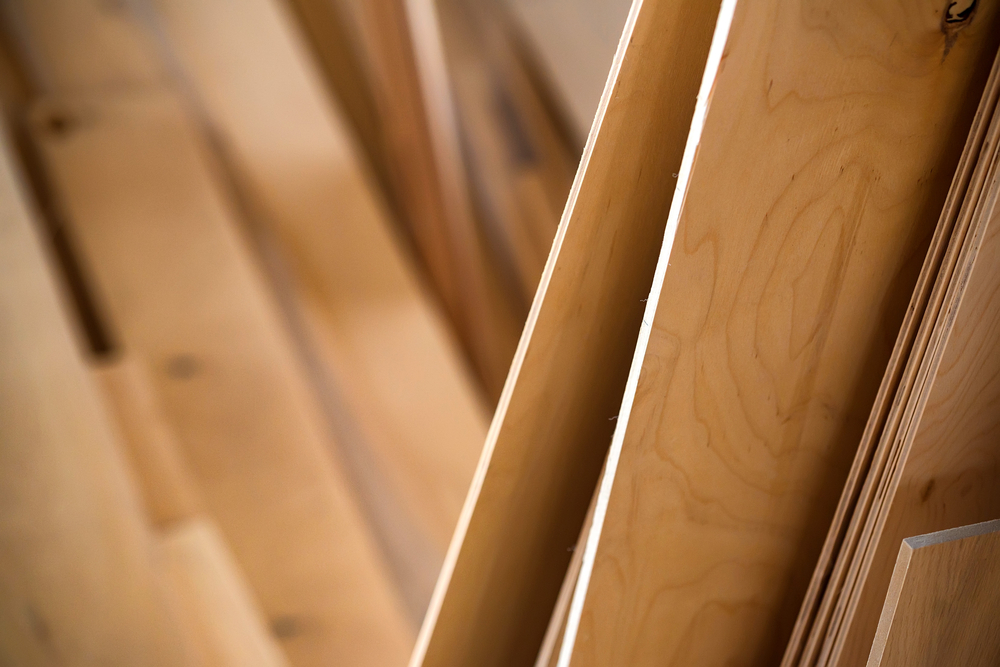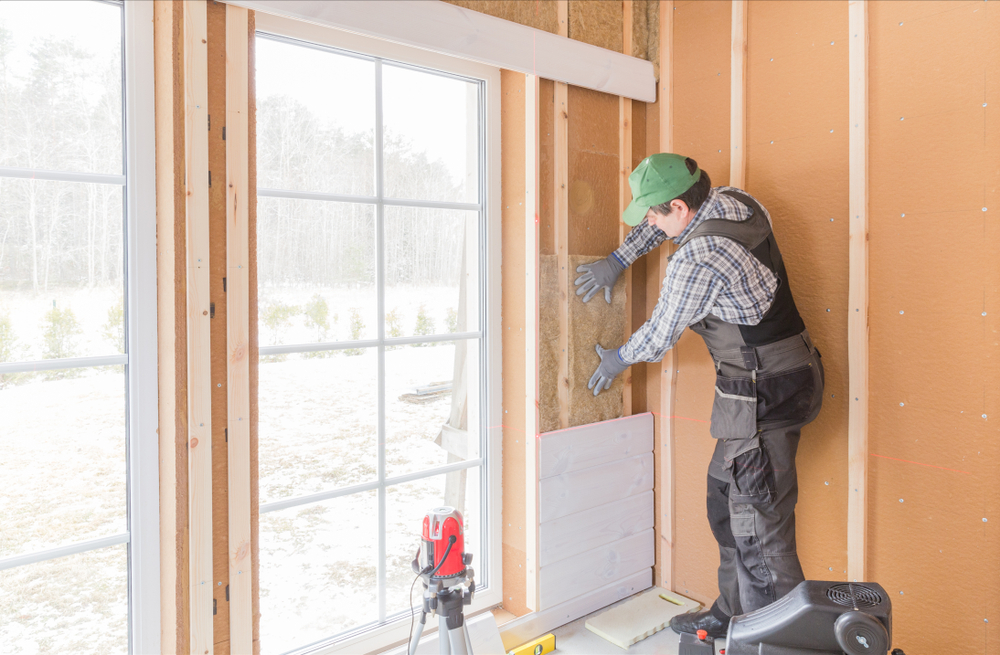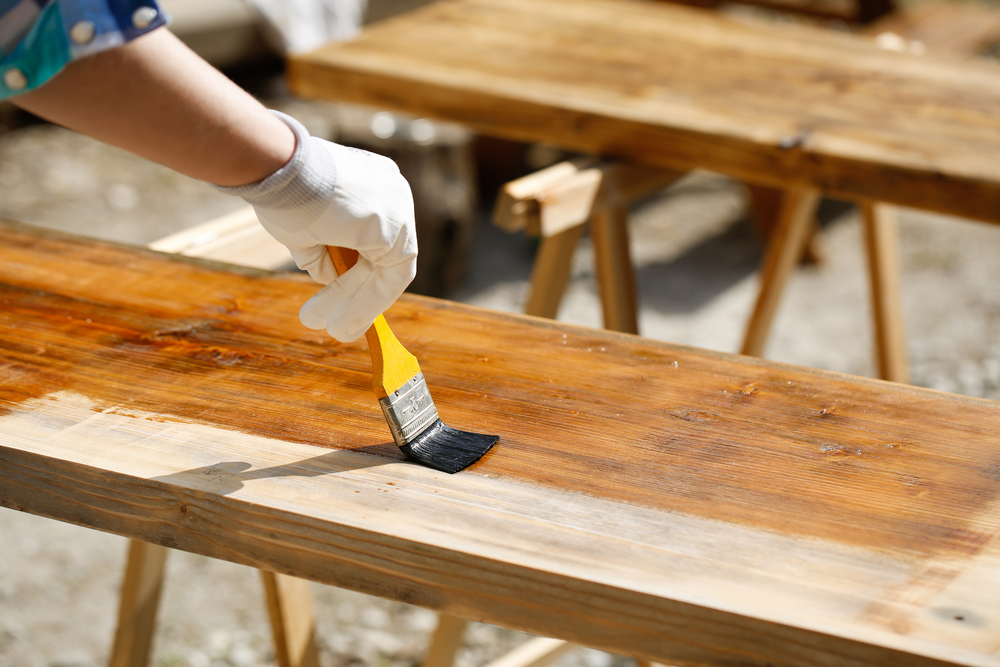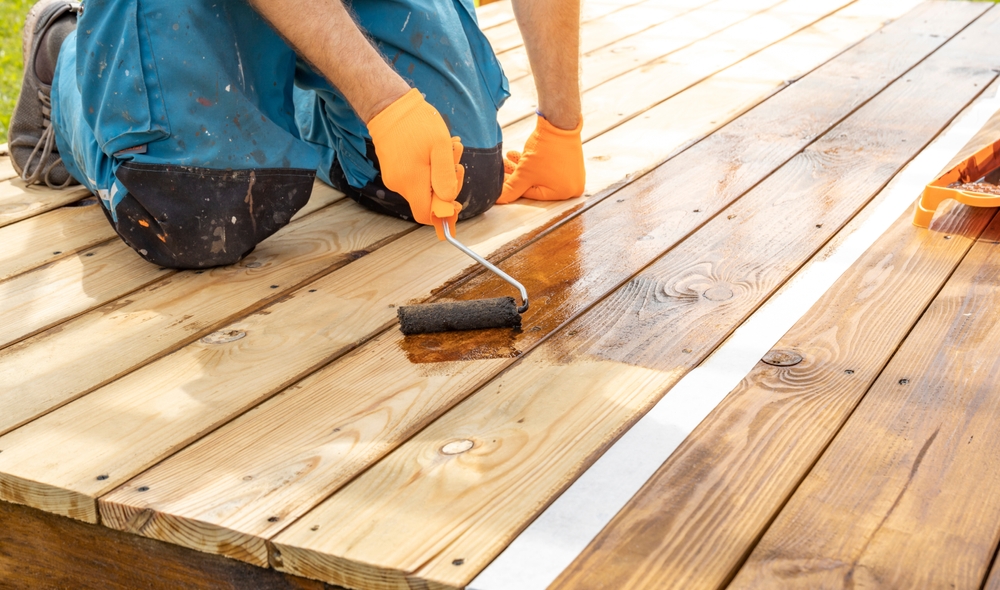Understanding Asbestos Siding: What You Need to Know
Asbestos siding was a popular building material in the mid-20th century. It was used extensively due to its durability and fire-resistant properties. This material was a mixture of asbestos fibers and Portland cement. It often featured a wood-grain texture to resemble traditional wood siding. Builders preferred it for its practical benefits and affordability.
The Rise of Asbestos Siding
In the early 1900s, asbestos became a popular component in construction. It was resistant to heat, chemicals, and electricity. During World War II, there was a need for cost-effective and durable materials, and asbestos fit the bill perfectly. By the 1950s and 1960s, it had become a common choice for home exteriors. It was marketed as an innovative solution to maintenance issues common with wood siding.
Why Asbestos Was Initially Popular
Asbestos siding offered many benefits that went beyond durability. It did not rot and was virtually maintenance-free. Once installed, it maintained its appearance without much upkeep. It provided a good level of insulation and was resistant to insects. Homeowners valued these qualities at a time when longevity and low maintenance were crucial.
Health Risks Associated with Asbestos
By the 1970s, concerns about asbestos-related health issues became significant. Asbestos fibers can cause serious illnesses when inhaled. Studies linked exposure to conditions like asbestosis, lung cancer, and mesothelioma. Awareness of these health risks led to a decline in its use. Regulations were enacted to limit exposure and protect public health.
Identifying Asbestos Siding
Determining if a home has asbestos siding involves a few key steps. First, consider the age of the home. Properties built between the 1920s and 1980s are likely candidates. Visually, asbestos siding often resembles shingles. It can be grayish or white, though it may have been painted over. The only definitive way to confirm is through professional testing. This involves sampling the material and lab analysis.
Managing Existing Asbestos Siding
For homeowners with asbestos siding, managing it is crucial. The best approach is often to leave it undisturbed. As long as the material is intact and not crumbling, it poses minimal risk. If damage occurs, encapsulation or professional removal are options. Encapsulation seals the fibers, preventing them from becoming airborne.
Options for Removal or Replacement
Removing asbestos siding should always be done by certified professionals. These experts have the necessary equipment and training. This process involves removing, disposing, and cleaning the area to ensure safety. If replacement is desired, many alternatives are available. Fiber cement siding is a common modern choice. It offers similar durability and appearance without the health risks.
Legal and Environmental Considerations
There are strict regulations surrounding asbestos handling. The Environmental Protection Agency (EPA) has guidelines in place. These focus on limiting exposure during removal and disposal. Failing to comply with regulations can result in fines and legal issues. Environmental safety protocols must be followed to prevent contamination in other areas.
The Economic Impact of Asbestos Removal
The cost of asbestos removal can be significant. Expenses vary based on the size of the siding and the complexity of the job. Generally, it factors in labor, equipment, disposal fees, and permits. Homeowners should budget accordingly if they are considering this option. Despite the costs, removing or encapsulating asbestos can increase a property’s value and decrease liability.
Asbestos Alternatives: Modern Siding Options
- Fiber Cement: Durable and resistant to harsh weather, mimics the look of wood.
- Vinyl: Cost-effective, available in various colors and styles, low maintenance.
- Wood: Offers classic aesthetics, requires regular maintenance for longevity.
- Metal: Typically aluminum or steel, highly durable and resistant to fire.
- Composite: Made from recycled materials, eco-friendly and versatile in design.
Each of these options offers benefits over asbestos while aligning with modern environmental and health standards.
Historical Context and Future Implications
Understanding the historical use of asbestos siding provides insight into broader construction trends. Asbestos was once heralded as a miracle material before its dangers were fully understood. Today, awareness and technology allow for safer construction materials. Future implications include continual improvements in material science and stricter safety protocols in building practices.






